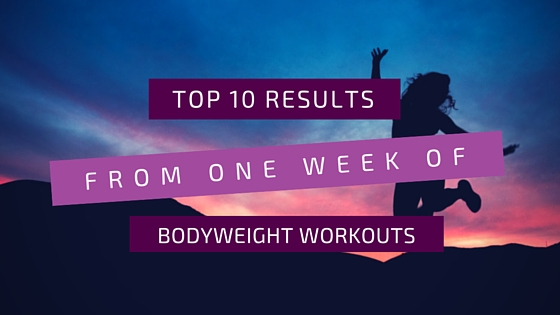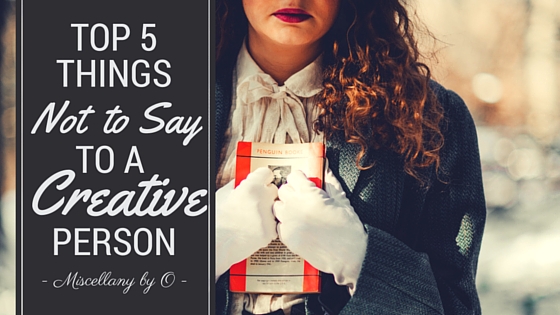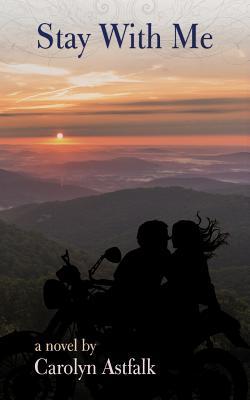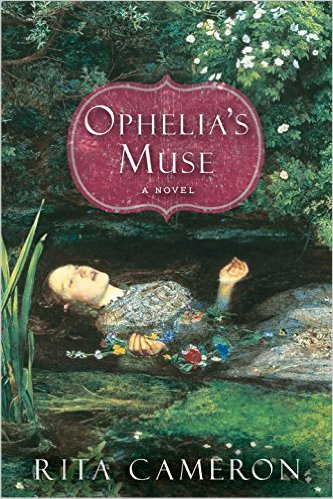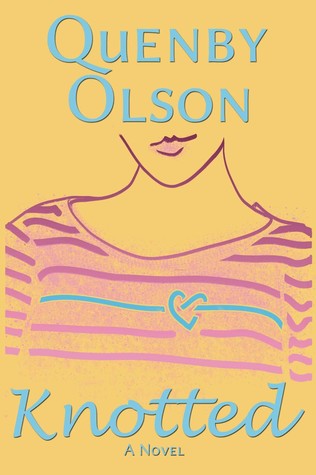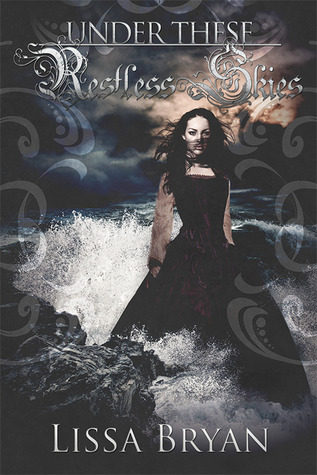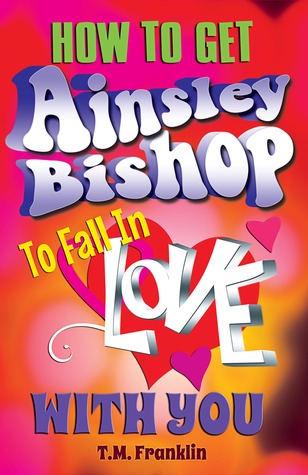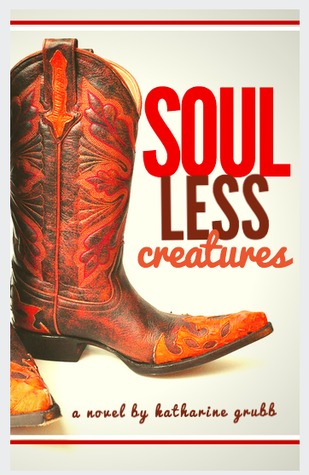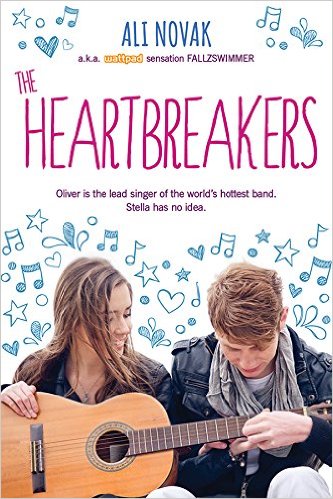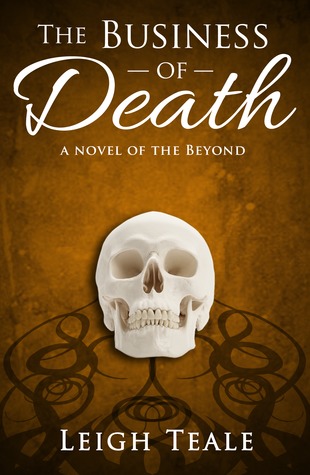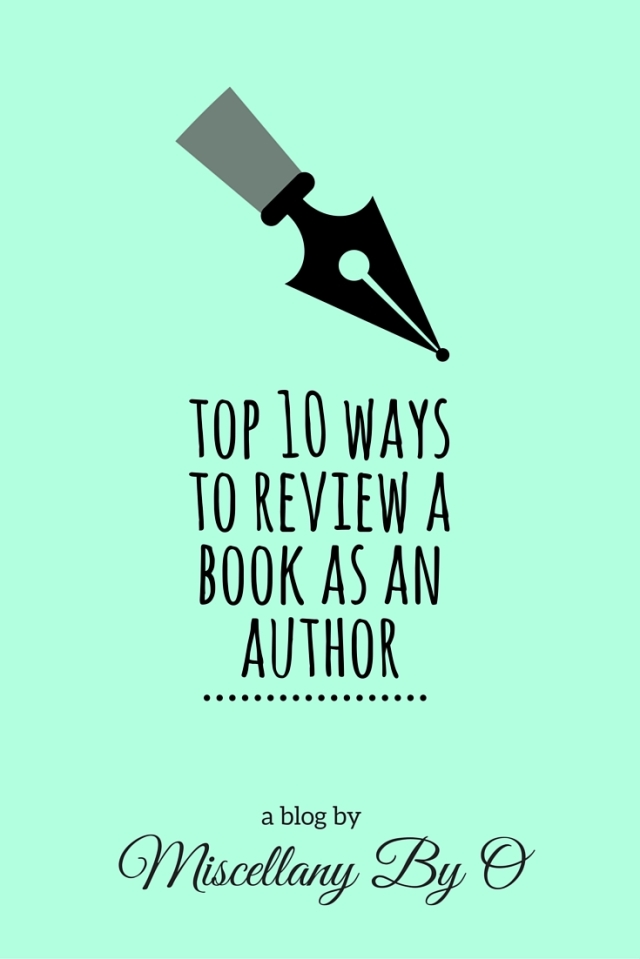
In this digital age, an author’s Internet presence can make or break their reputation, their success, or even their career. We’ve all seen the horror stories about authors reacting badly to reviews posted online. There’s the one where Kathleen Hale obsessed over and stalked a Goodreads reviewer online and in person, going so far as to physically visit the woman’s home, after she left a one star review. There’s the one where Richard Brittain took creepiness a step further when he tracked down an eighteen-year-old snarky Amazon reviewer and bludgeoned her with a wine bottle.
Simply put, the existence of the Internet has not always jived well with our kind. We are a sensitive breed, and without proper discipline and restraint, things can turn ugly.
Interestingly enough, though, I’ve noticed a growing trend of self-published and independent authors who struggle with having a good Internet presence on the opposite side of the spotlight. Instead of losing control with a reviewer of their own work, they lose control when they’re reviewing someone else’s work.
This should not be happening, guys. We authors should be the example when it comes to leaving stellar reviews, whether positive or negative. We know firsthand how hard the writing, revising, editing, promoting, publishing, and marketing processes can be. Whatever our opinion of a work, it can and should be handled with grace.
With that being said, here are a few basic guidelines I think we would all be smart to follow when reviewing books written by our brothers and sisters in this strange, wonderful world of writing. (And yes, I am maintaining eye contact with my own reflection as I deliver this edict, because I’m sure I’ve broken all of these at one point or another.)
1. Acknowledge upfront if you’ve been given a free review copy.
When you’re a member of online writing groups or have other contacts in the industry, receiving free copies of books in exchange for honest reviews happens a lot, and there’s absolutely nothing wrong with that . . . as long as you tell people that’s what happened.
Why? Well, you might be familiar with the concept of avoiding even the appearance of evil. If you give an honest five star review of a book but neglect to inform everyone up front that the author sent you a copy for free, that five star review isn’t looking so honest anymore. If word came out about your relationship with the author and how you came about the book, it suddenly doesn’t matter that you were honest in your review. It doesn’t even matter that you barely know the author and have only been acquainted with her online for two weeks. Because you didn’t add a disclaimer, now everything you’ve said about the book is suspect. People don’t feel like they can trust you anymore. And they certainly aren’t interested in learning more about what you write.
2. Use professional language.
We all know how fun it can be to employ the four S’s–sarcasm, snark, slang, and swearing–especially when we’re talking about a book we didn’t particularly enjoy. But when you’re writing a review, especially one intended for online display, you should handily avoid all of them. You’re not just a reader on Goodreads anymore, you’re criticizing or praising a colleague, and you need to do so with decorum and respect.
This goes double if you’re in any way acquainted with the author, and that includes ways as nebulous as “I think we were in an online writing group together once five years ago.” Don’t address the author in a familiar manner, i.e. “Suzie, this was such a good read! So much better than your last one. You should post more about this book in the group next Wednesday.” Instead, shoot for, “In The Great American Novel, Ms. Smith displays a marked improvement in her skills as a writer and a storyteller.”
3. Be honest, but also kind.
Sometimes, as much as you like an author’s online presence or the cute photos of their kids they post on Instagram or the great advice they give in your writing group, you just don’t like their work. That’s okay. If you choose to review their work, you need to be honest about your reactions to their books. But before you hit “send” on that two or three star review, check yourself and make sure that you wrote your thoughts in the best possible way.
Did you, in emotionally neutral words, explain the issues you had with their work, or did you just say “This book sucks, what a disappointment”? Did you come up with at least two things the author did well to sandwich the complaint? If both answers are no, you might want to reconsider posting your review just yet. There is always a way to express how we feel about a book without being downright mean, and that’s what you should do. It isn’t easy, but we’re writers, after all–if anyone is able to temper honesty with kindness, it should be us.
4. Put some time and effort into writing your review.
First impressions are rarely indicative of your true opinion. I’ve found that if I read a book in a day or two and immediately throw a review up online, a few days later I realize it’s not really how I felt. Sometimes I like the book more after a week or so; sometimes I like it less.
Let stories rest on your mind for at least two or three days before you sit down to write a review. Don’t swallow the book whole in a few hours and belch out a review twenty minutes later. The author spent months, if not years, finishing up their novel. The most you can give them is a few days of introspection and consideration.
5. If you can’t find at least one positive thing to say about the book, consider not leaving a public review.
If, like me, you dislike confrontation, this is extremely difficult to do. How do you say to the nice author you met online, the one who has helped you out so much, “I know I promised I would read and review your book, but I doubt you would appreciate me posting my feedback for the world to see”?
It’s not fun. It stinks. And to be honest, I’m still trying to figure out the best way to do this myself. But in the interest of professionalism, you should definitely talk it out with the author before you post a review that has not a single positive note.
6. If you are unable to finish the book, say so.
Whether you just didn’t have time, you couldn’t get interested in the story, or the writing was really just that awful, if you didn’t finish reading a book, it’s important to say so. Not only that, you need to include details. At which page number/Kindle % did you stop reading? Did you just skip around for a bit before giving up? This helps other people struggling to finish decide whether they should push through or not.
It’s also a courtesy to the author. What if the problem you had with the book was resolved one chapter over from where you stopped reading? If that’s the case, you have misrepresented the work, and you might have even led potential readers astray.
7. Avoid falling into the “I would have written it this way instead” trap.
There’s almost nothing more insulting to an author than when another writer rolls up their sleeves and turns into an armchair quarterback. You might wish a character had handled a certain situation differently, and it’s fine to say so, but it’s rather tacky to start listing all the different ways you would have handled it as a writer. You’re leaving a review online; you’re not teaching a creative writing course. What you would have done is irrelevant, because the work in question is not yours. Not only will you potentially damage your relationship with the author, you might cause would-be readers to lose faith in the author’s credibility. It also makes you look like a snobby, pompous ass, and makes people less interested in your work.
8. Don’t give a star rating unless you mean it.
Do you really want to give this book a two star rating, or are you just trying to be extra tough on this author, because of that whole “avoid even the appearance of evil” thing? Make sure you are committed to the star rating you assign; otherwise, if posting on your blog or Goodreads, just leave that option blank and include a text-only review. Don’t saddle the author with a deceptively low or inflated rating because you’re not sure what to do.
9. Don’t participate in a publicized release event if you can’t give a positive review.
It’s happened to me before. I signed up to be a part of a new release blog tour, I tried to read the book, and . . . bam. I couldn’t even finish it. It might be the worst book I’ve ever try to read. Luckily I’m not acquainted with the author and I had no qualms about leaving my review on Amazon, but I just couldn’t bring myself to post my review on my blog on a day I knew the author would be trying her best to sell the book. I could have opted out and just posted a promotional blurb, but I didn’t want my followers to think I recommended the book either, so I did the not-so-comfortable thing: I went to the publisher’s blog tour coordinator and told her I was unable to participate.
If this happens to you, the coordinator will probably tell you it’s fine if you have a negative review and they would still love for you to participate. It’ll be up to you at that point whether you decline or not. If you were just a book blogger, I’d say go for it, it’s your job to tell the truth. But as an author, I’d say bow out. You don’t need to showcase a negative review of another author on your blog, on a day when lots of traffic will be coming through. It just isn’t a good idea.
10. Write the review you would want to see left for your own book–positive or negative.
This is pretty much a culmination of the nine preceding points. If your review is positive, make it more interesting that, “Good book. I recommend it.” You’re an author! You know how much you crave those well-thought-out, elegantly written reviews–give that gift to someone who craves those, too. If your review is negative, make it more constructive and kind than, “This book sucks. Don’t read it.” Again, you’re an author! You know how much those hasty, vague one stars hurt. Write the kind of negative review that you would be okay with, one that after reading it, you find yourself nodding thoughtfully and murmuring, “I see where they’re coming from.”
Basically, in the words of Cinderella,
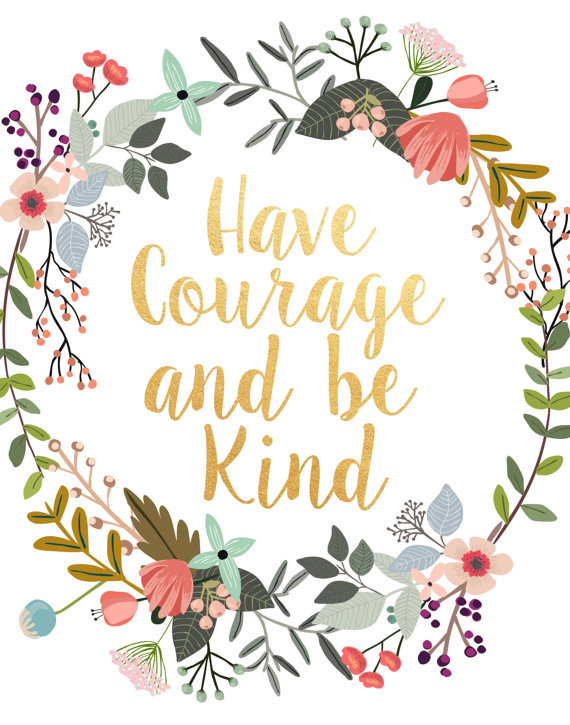
Isn’t this pretty? Click on the image to visit the artist’s Etsy page.
